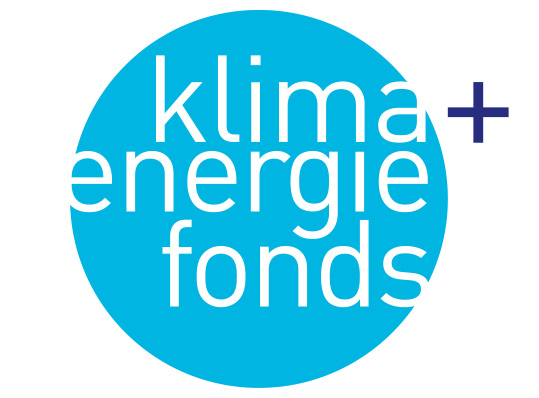Fact Check Energiewende 2018/19
The global energy supply system is undergoing transition. Increasingly steps are being taken to establish a new energy system aiming to fulfill the Paris Climate Agreement’s requirements by promoting a step-by-step, and ultimately, complete phase-out of fossil fuels.
While this path is not an easy one, a number of encouraging examples from Austria and all over the world show that there is no way back. The global market dynamics in the renewable energy field, and the recently stagnating CO2 emissions, prove that reality has overtaken the past prognoses. This structural change also provides an enormous opportunity for the Austrian economy if it succeeds in positioning itself on the global market with innovative technologies, services and ideas. For this purpose, the Paris Climate Agreement set a common basis worldwide. It established the goal of limiting the global temperature increase to a maximum of 2°C, and to make every effort to remain under +1.5°C. The climate crisis demands quick, responsible and ambitious action. A specific priority is the fast conversion of our energy and mobility systems.
This “Fact check Energiewende 2018/2019” has also looked into the most important climate and energy topics and prepared arguments and information in the same useful manner as it did in the past years’ issues. This time special focus was placed on the heat sector, and even more specifically on heating living space and water. Industrial process heat is undisputedly an important area. However, it is not a primary focus of the fact check because it doesn’t figure in public discussion. More than half of Austria’s end use energy demand is for heat. Unlike electricity generation, heat production is dominated by fossil fuels, at around 60%. Therefore, it is very important to take measures to achieve the goals of the Paris Climate Accord and the Austrian Climate and Energy Strategy.




